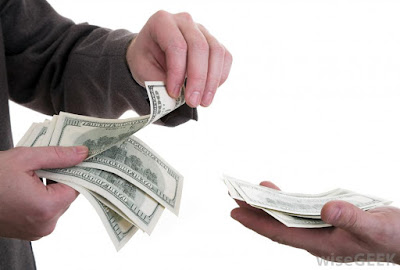We’ve had another think today about works that could perhaps benefit from existing in the tangible world. ’You've Got Your Arm In The Head Hole [The Label's Sticking Out]’ is primarily focused on mapping, and the divisions it leads to, and the differences between places (virtual and physical). So we landed on the idea of a whiteboard, one that you might find in a school classroom, and on one side to have the film projected onto it, and the other to have a map of the world drawn in marker pens. School is the beginning of mapping oneself in the world; it teaches you about place and situation, whether it’s with reference to politics or to geography.
An early work titled, ‘A Lover's [Online] Discourse’, is an interpretation of Roland Barthes book, ‘A Lover’s Discourse’. It’s comprised of, primarily, the complaints and reflections of the lover when alone, as opposed to exchanges between lovers. He is attempting to simulate love, an unadulterated version, with all the confusion and absurdity that is often left out of literature. This is mirrored not only in the content but also in the structure of the book; it is illogical and nonsensical as it’s subject matter. As a response to this, we created a system employing the next word function on an iPhone and sent similarly bizarre messages to people on a chat room – all sentences began with ‘I love it’. The computer took on this persona of the confused lover; it had these emotions that it hadn’t felt before and didn’t know how to communicate them. This is a piece about naivety, confusion and the vulnerability that accompanies them. Therefore, we thought an accurate setting for this work would be somehow making the laptop appear to be in danger. So, in an attempt to combine Jimmie Durham’s ‘Still Life with Stone and Car’ and ‘Levitated Mass’ by Michael Heizer, we thought suspending a relatively lard rock or a number of breeze blocks above the computer seemed appropriate.
‘Russian Defence Ministry/Migratory Birds Flying Over Venice’ is the final work that doesn’t have a physical presence. For this we wanted to incorporate a live element; having some play Sergei Rachmaninoff's 'Piano Concerto No. 2' in the space, on an actual piano. The films would play side by side, projected onto a wall, and Captain Panic's 'Chill' would be played via headphones. These methods reflect how each of pieces of music would stereotypically be listened to; one as a live, group experience, the other a contained, solitary one.
‘Neoliberal Lulz’ is an exhibition on at Carol Fletcher at the moment and looks at artists who have adopted corporate strategies to their own ends. We were looking at Émilie Brout & Maxime Marion’s piece in the show, ‘Untitled SAS’. This is the name of their corporation whose purpose and medium is to exist as a work of art. In France SAS is the equivalent of an LTD. So the medium is a genuine company and the service it’s providing is to be a piece of art. There’s a commentary on the nature of art being outside of the rational space of the market while still being subject to selective norms of economic behaviour. There’s also a strange relationship between businesses and art; art is seen as being unquantifiable and businesses very calculated. This is shown through the sales each subject is engaged with; the price of art can differ radically with very little logic where as a businesses price structure tends to be far more rigid. Very thoughtful crossovers between art and business – check out the show if you’re in the area.
We’ve also been thinking about a proposal for ‘The Listening Booth’ – an online listening gallery of sound based art and experimental music. The idea of a speech came up; art being presented to an audience in the shape or words. We thought it would be more interesting to have someone else say the speech than for us to do it ourselves. Fiverr is an online marketplace offering tasks and services, mostly for $5, and so we thought it might be a good place to recruit someone. The subject of the speech would then have to be about the various fictions being created and to go even further into it we decided to get someone on the site to write it too. Someone giving a speech about us, congratulating us for a variety of achievements we haven’t reached, exhibitions we haven’t had, prizes we haven’t won.
After reading the weed-labeled-as-art article yesterday, and generally considering the labeling of things as art, we came across this quote from ‘Issues in Curating Contemporary Art and Performance’ By Judith Rugg and Michèle Sedgwick:
“Using Oscar Wilde’s idea that objects were transformed into art by the critic through writing, Watkins argued that curating was a form of artistic practice and that curated exhibitions were likened to Marcel Duchamp’s ‘Readymade Aided’ artworks, where the display or exhibition is aided by the curator’s ‘manipulation of the environment, the lighting, the labels, the placement of other works of art.’ (Watkins 1987: 27)”
This led us to Oscar Wilde’s essay, “The Critic As Artist”. It’s structured as a dialogue between two characters that are deliberating over the value of the critic. They discuss the potential of the critic being equal to the artist; both are inventors, the only difference is the content. It is also suggested that the critic produces an even higher form of art due to the fact that they’re forming a creation within a creation. It then concludes with a message not dissimilar to the thoughts of John Stuart Mill; the path to becoming the closest to truth begins with learning how to incorporate the thoughts of others.




